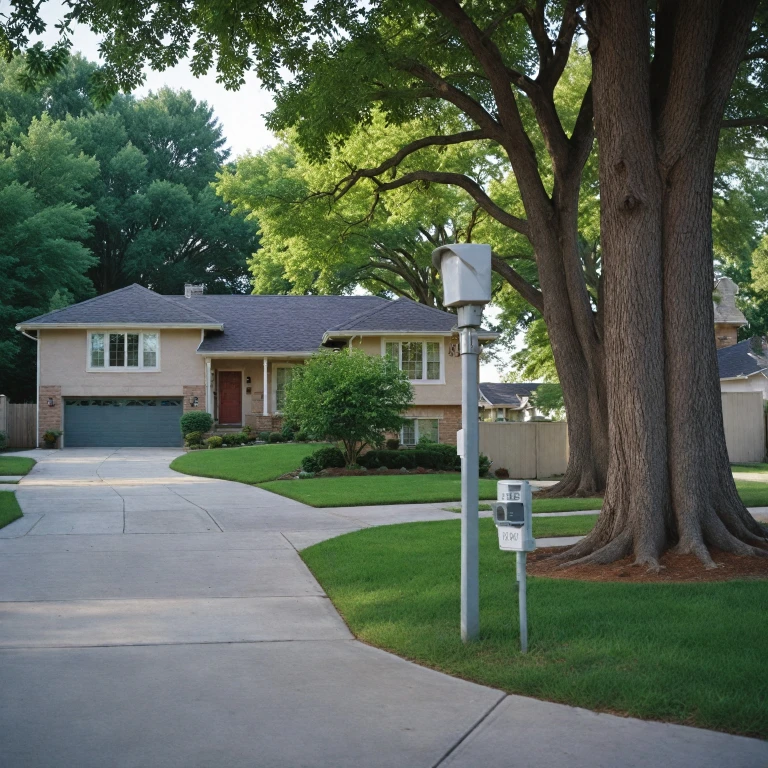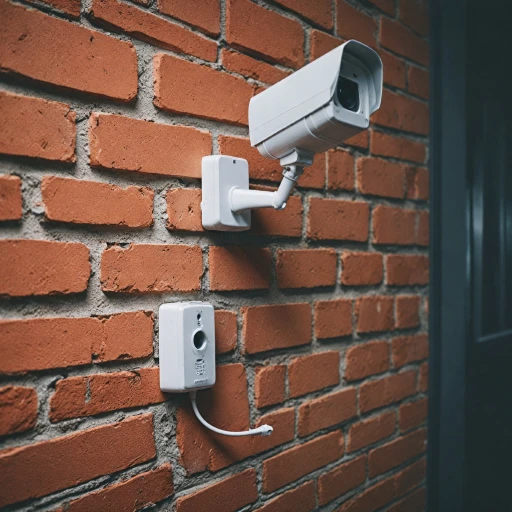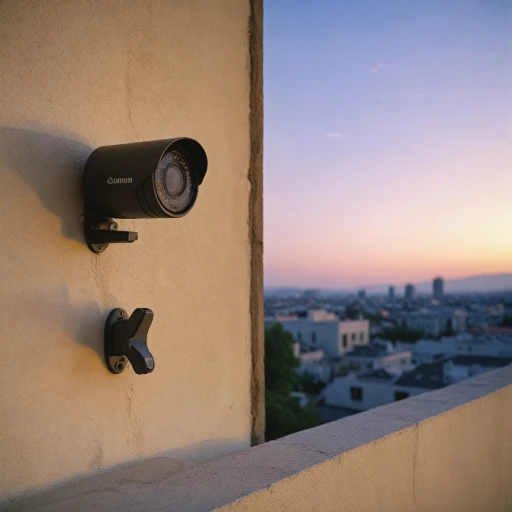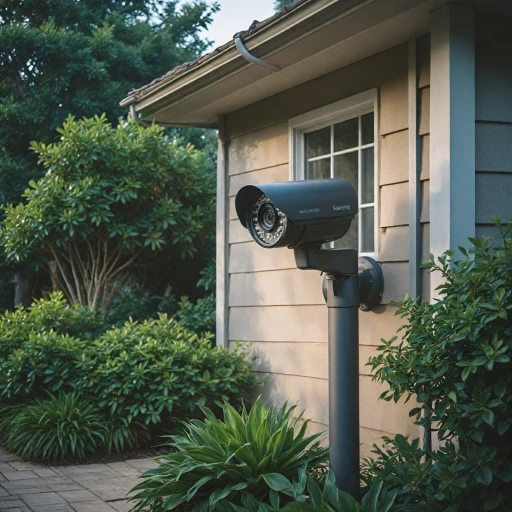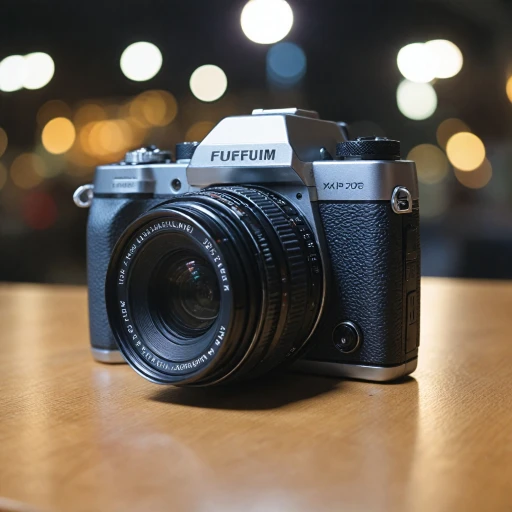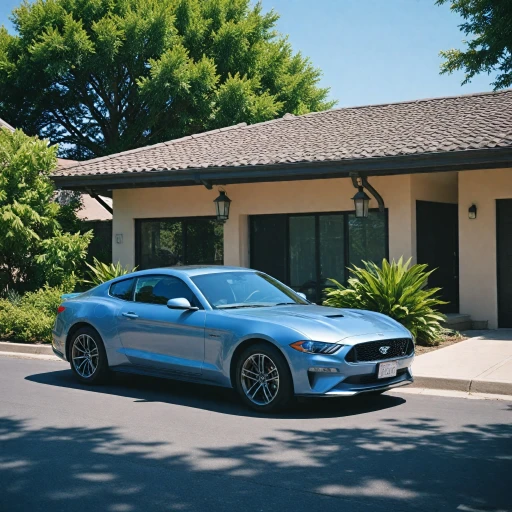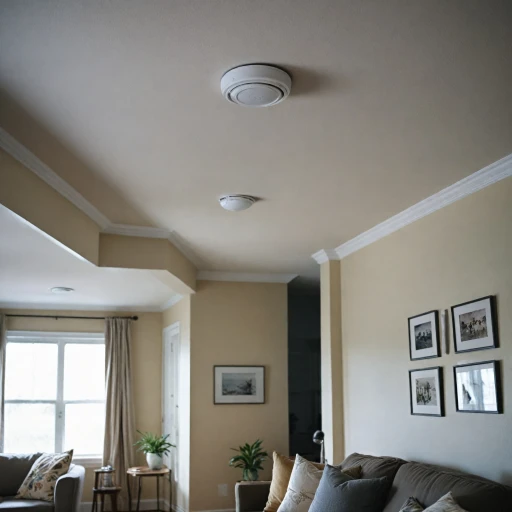What is a License Plate Reader Camera?
Defining the Technology Behind License Plate Reader Cameras
License Plate Reader (LPR) cameras, also known as recognition cameras, play a pivotal role in enhancing home security systems. These specialized cameras utilize advanced recognition technology to capture and read vehicle license plates. The technology is designed to interpret the characters on a license plate, converting the image into data that can be used for a variety of security purposes.
An LPR camera differs from standard security cameras in its specific function of plate capture. Rather than only recording general footage, these cameras focus on identifying vehicles entering or leaving a property's vicinity. This capability aids in addressing concerns such as unauthorized access, theft, and other security-related issues.
LPR camera systems are increasingly being adopted not only by law enforcement agencies to combat crime and enhance safety logistics but also for residential security. With companies like Flock Safety advancing the technology, homeowners now have access to similar systems that were once predominantly used by police departments. The presence of an LPR camera can significantly deter criminal activities like retail theft by providing crucial data that aids in vehicle identification and tracking.
For those considering incorporating this technology into their home security arsenal, understanding the diverse models and functionalities is crucial. Factors such as price, efficiency, and compatibility with existing security setups must be taken into account. For further insights into choosing an ideal system, visiting resources like this ideal ONVIF camera with two-way audio guide can provide additional information about integrating advanced camera systems into your home.
Benefits of Using License Plate Reader Cameras
Added Layers of Security and Peace of Mind
License plate reader cameras, known as LPR cameras, have become a vital part of modern home security systems. Their ability to capture and recognize license plates is a game-changer in preventing crime and increasing safety. These cameras can monitor the comings and goings of vehicles, offering significant benefits to homeowners.Enhancing Crime Detection and Deterrence
The incorporation of LPR technology in surveillance allows for improved identification of vehicles involved in suspicious activities. This assists in deterring crime such as retail theft and unauthorized access. By effectively capturing the license plates, security measures are enhanced, providing an invaluable tool against crime.Support in Investigative Processes
With plate capture capabilities, these cameras offer substantial aid to law enforcement. They not only record vehicles entering and exiting your premises but also provide crucial data that can assist police investigations. Recognition cameras help track stolen vehicles, a step that many police departments have found beneficial for enforcement and resolution of cases.Data Insights and Traffic Monitoring
Beyond security, license plate recognition systems provide homeowners with insightful data about traffic patterns around their property. This information can help in optimizing security as you adjust your safety protocols to observed vehicle activity.Improving Technology Accessibility and Affordability
As LPR technology becomes more mainstream, its accessibility and affordability improve. Companies like Flock Safety are at the forefront, providing innovative products tailored for residential use. This allows more people to integrate advanced security technologies into their daily lives. The regular price of LPR systems has become competitive, making them an attractive investment for comprehensive safety measures.For more on how LPR technology adds another layer of security to your home, you can read about the advantages of integrating such advanced tools.
Choosing the Right License Plate Reader Camera for Your Home
Things to Consider When Choosing an LPR Camera
Selecting the right license plate reader camera involves evaluating several factors that ensure both effective security enforcement and cost efficiency. Here's what you need to focus on:
- Camera Resolution: A high-resolution camera is vital for clear plate capture. Look for recognition technology that can accurately read license plates in various lighting conditions to maximize data reliability.
- Field of View: Consider the camera's field of view. An expansive field helps in capturing vehicles from different angles, enhancing plate recognition capabilities.
- Integration with Existing Systems: LPR systems should easily integrate with your current security setup. Check if the camera is compatible with existing surveillance systems or networks. For more insights on network switches, refer to POE network switches for home security cameras.
- Data Storage and Management: Evaluate how the LPR camera stores data and the ease of data retrieval. Ensure it complies with data protection laws.
- Durability and Weather Resistance: Particularly important if the camera is to be installed outdoors. The cameras should withstand various weather conditions without compromising on performance.
- Price and Value: Conduct a thorough market review to understand the regular price range for LPR cameras. Balancing cost with feature set is crucial to get the best value for your investment.
Besides these technical specifications, it's essential to consider the specific needs of your home environment. Ensure you balance advanced features like LPR camera accuracy with cost considerations and determine what features will most effectively deter crime and improve security in your area.
Installation and Maintenance Tips
Setting Up and Maintaining Your LPR Cameras
Whether you're aiming to curb retail theft or enhance overall safety, installing license plate reader cameras can be a game-changer for your home security setup. Here’s how you can ensure a smooth installation and maintain your LPR camera system for optimum performance.- Select the Right Location: The first step is selecting a location that maximizes coverage while capturing clear images of vehicle license plates. Popular positions include entry and exit points of driveways and parking areas. Ensure the placement considers factors like lighting and potential obstructions.
- Optimal Installation Height: Mount the license plate recognition cameras at a height that captures the license plate clearly without distortion. Many experts suggest an installation height of about 7 to 10 feet for optimal plate capture.
- Wiring and Connectivity: For those opting for wired systems, ensure that all cables are high quality and properly shielded to prevent signal interference. Wireless LPR cameras should be tested for good network connectivity. Regular checks will help assess the reliability.
- Regular Maintenance Checks: Routine maintenance involves cleaning the camera lens and testing the system to ensure it functions correctly. Dust or water spots can interfere with plate capture and recognition technology, so a simple periodic wipe-down can be beneficial.
- Firmware and Software Updates: LPR systems, like those utilized by law enforcement for crime detection, often require updates to improve recognition technology and data processing capabilities. Staying updated ensures the system benefits from the latest technological advancements.
- Engage Professional Services if Needed: If you find installation or maintenance to be challenging, consider hiring professionals experienced with LPR camera systems. They can provide insights into new ways the technology can help protect your property.
